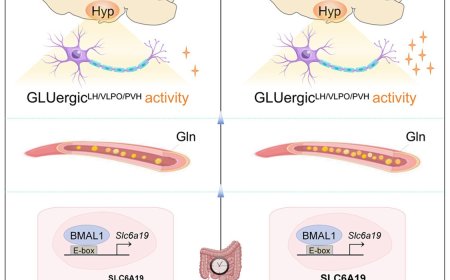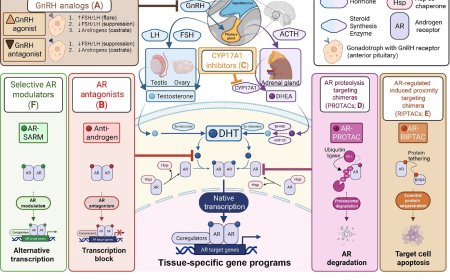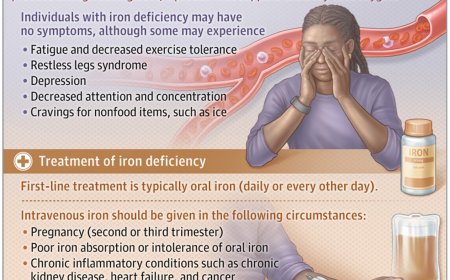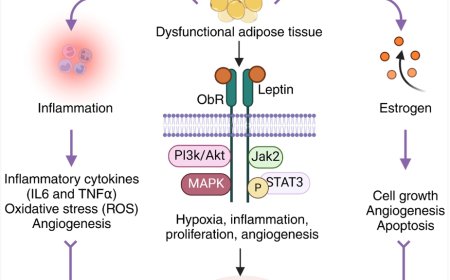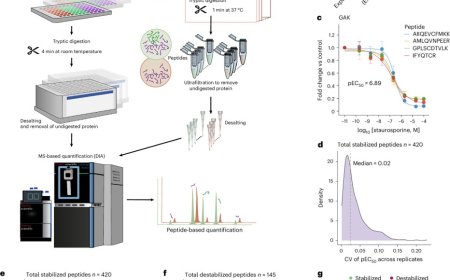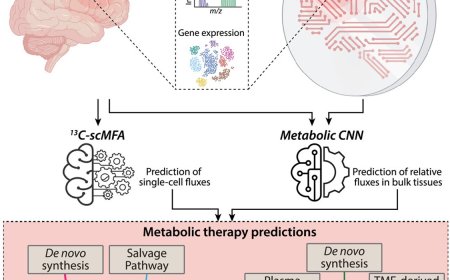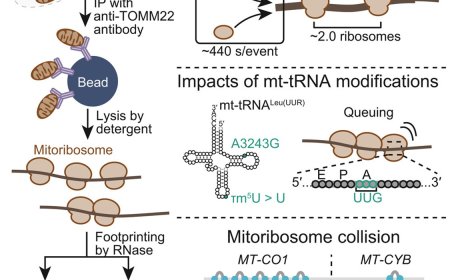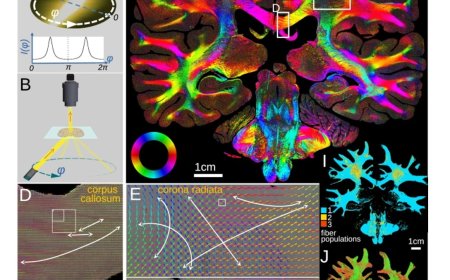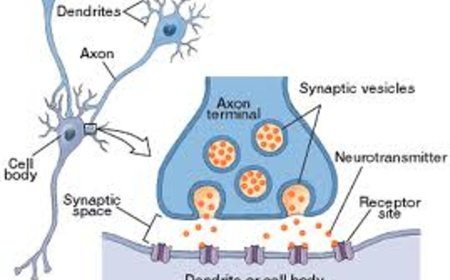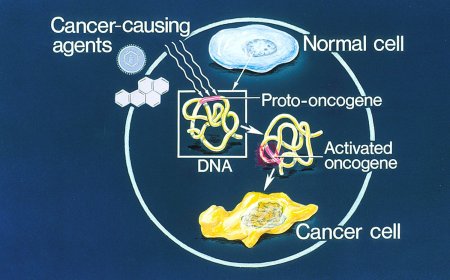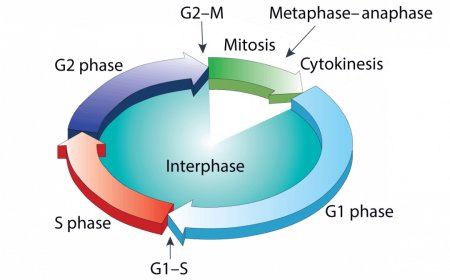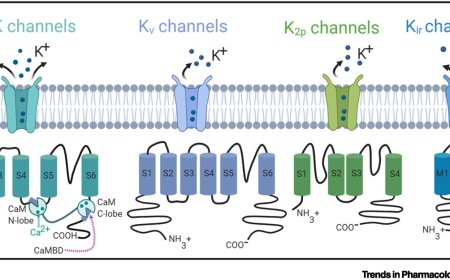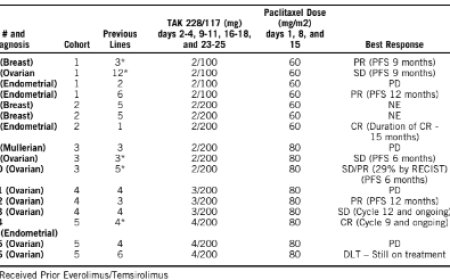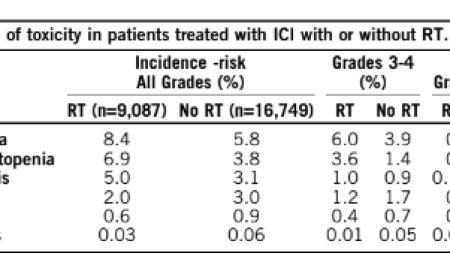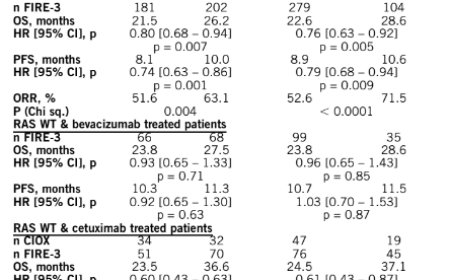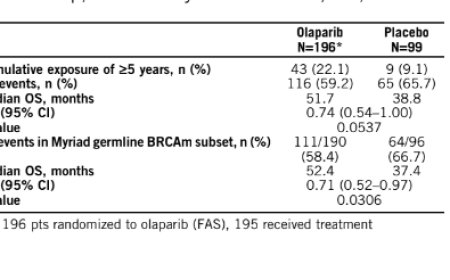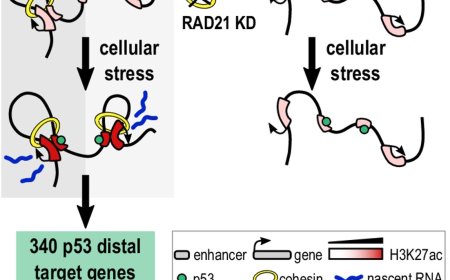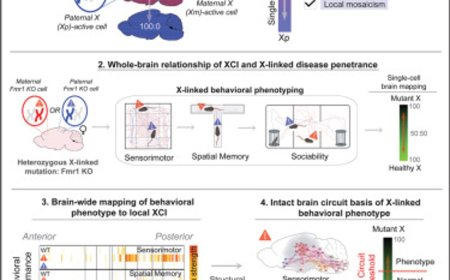Disordered renal metabolism in myotonic dystrophy type 1

Myotonic dystrophy type 1 (DM1), a genetic disorder, shares overlapping features with chronic kidney disease, including progressive muscle wasting, whole-body insulin resistance and impaired energy usage essential for normal functioning. However, chronic kidney disease is not known to occur in individuals with DM1 and it’s not known whether the underlying cause of cell dysfunction in DM1 involves the kidney.
Findings from a previous study has led to suggest the kidney and other urinary tract tissues may be involved in the molecular development of DM1. In this new study, the authors found the kidney is involved in DM1 and may play a significant role in muscle weakness, insulin resistance and impaired energy use that patients experience.
The researchers analyzed extracellular vesicles (EVs), which contain information about the health of the cells that release them, from urine samples. They collected the cellular information contained within the EVs and compared it to autopsy kidney tissue from individuals with DM1 using molecular tools, such as RNA sequencing and droplet digital PCR, and computational tools, like predictive modeling. This allowed them to examine the relationship between urinary EV features and metabolites with clinical severity in DM1.
The data suggest that disordered kidney metabolism may contribute to symptoms of DM1, including muscle weakness, insulin resistance and impaired energy use. The work also reveals that the kidney, specifically the renal proximal tube, is a site where underlying cell dysfunction that contributes to the disease originates. The findings also highlight the potential use of urinary EVs as biomarkers of kidney metabolic disturbance in individuals with the disease.
Urinary EVs could replace invasive muscle tissue biopsies to identify therapeutic drug activity in patients with myotonic dystrophy. The noninvasive nature of urinary EVs enables frequent monitoring, which is impossible with invasive muscle biopsies. The findings also suggest that clinical care recommendations for individuals with DM1 should also be updated to include regular monitoring of kidney function.
Future research will need to explore treatment options to improve metabolism in the kidney as a therapy for patients with DM1. The researchers are interested to combine urinary EVs with advanced bioinformatics methods, such as artificial intelligence, to expand our understanding of DM1 molecular origins, identify new therapeutic targets and develop robust biological markers of the disease.
